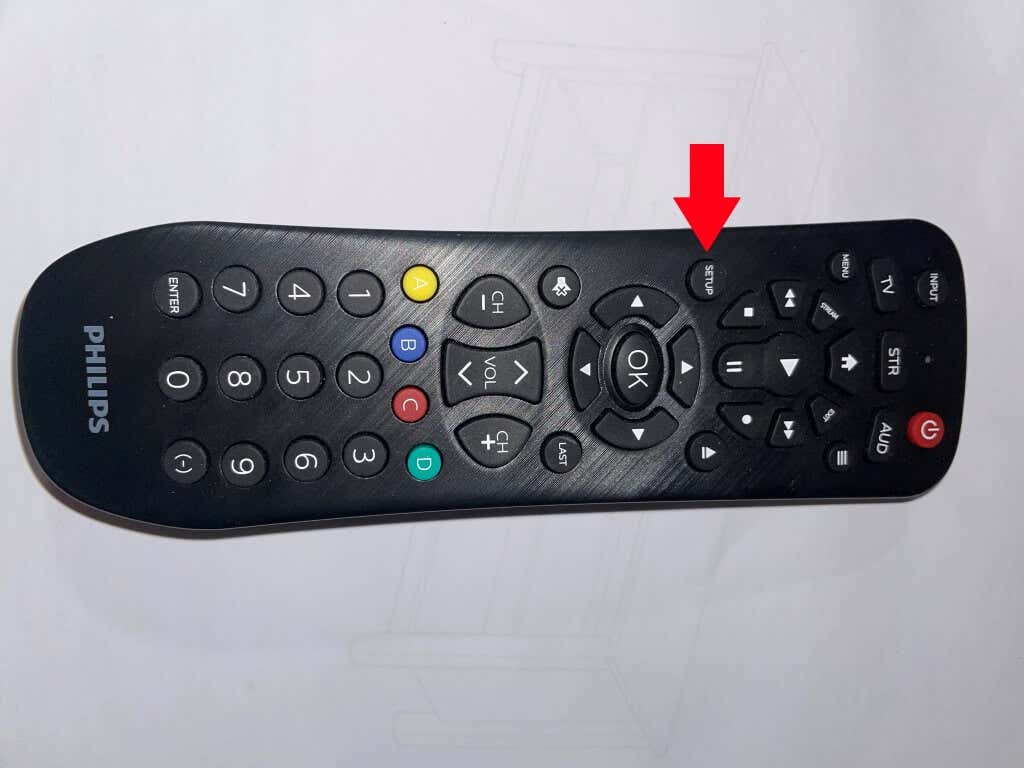Introduction
In an era where our homes are brimming with an array of electronic devices, juggling multiple remote controls can be a daunting task. However, there’s a solution that promises to simplify your life and enhance your home entertainment experience: Universal Remote Controls. These versatile gadgets offer the convenience of managing multiple devices with a single remote. In this comprehensive guide, we will delve into the world of universal remote programming, providing you with the knowledge and tools to master your remote controls and streamline your daily life.
Why Universal Remotes Matter
Universal remotes are not merely a luxury; they have become a necessity. With the increasing number of electronic devices in our homes, including smart TVs, gaming consoles, home theater systems, and streaming devices, the need for a unified control center is evident. Universal remotes can replace a pile of remotes with a single, intuitive device, allowing you to simplify your entertainment experience.
Choosing the Right Universal Remote
Before delving into the world of programming, it’s essential to select the right universal remote for your needs. Not all universal remotes are created equal. Some are basic and control a few devices, while others are advanced and capable of managing numerous devices, complete with customizable settings. Consider the following factors when choosing a universal remote:
Compatibility: Ensure the remote supports the devices you wish to control.
Number of Devices: Determine how many devices you need to manage and select a remote with enough capacity.
Features: Look for features like backlighting, touchscreen interfaces, and macro programming to enhance user experience.
Price: Set a budget and find a remote that offers the best value within your range.
Brand Preferences: Some universal remotes are designed to work seamlessly with specific brands, so take this into account.
Once you’ve selected the ideal universal remote for your setup, it’s time to dive into the fascinating world of programming.
Programming Your Universal Remote
Universal remote programming can seem intimidating at first, but it’s a straightforward process if you follow the steps carefully. Here’s a general guide to programming your universal remote:
Read the Manual: Start by reading the user manual that comes with your universal remote. It contains specific instructions for your model.
Find Device Codes: Universal remotes work by using codes to communicate with your devices. These codes are often included in the user manual. If not, you can usually find them on the manufacturer’s website.
Prepare Your Devices: Ensure that the devices you want to control are within the remote’s range and functioning properly.
Enter Device Codes: Follow the instructions in the manual to input the device codes into your universal remote. This typically involves pressing specific buttons in a certain sequence.
Test the Remote: After entering the codes, test the remote to see if it successfully controls your devices. If not, you may need to repeat the process, ensuring that you input the correct codes.
Customize Macros: Most advanced universal remotes allow you to program macros, which are sequences of commands. For example, you can create a “Movie Night” macro that turns on your TV, sets the input to your streaming device, and dims the lights with a single button press.
Update and Maintain: As you acquire new devices or if your setup changes, make sure to update your universal remote accordingly. Regular maintenance ensures your remote remains the ultimate control center.
Troubleshooting Universal Remote Issues
Even with proper programming, universal remotes can occasionally encounter issues. Here are some common problems and their solutions:
Device Not Responding: If a device doesn’t respond, ensure it’s within the remote’s range, and the batteries are fresh. Double-check that you entered the correct device code.
Interference: Other electronic devices or strong light sources can interfere with the signal. Try repositioning your remote or blocking out interference sources.
Button Malfunctions: If specific buttons aren’t working, clean the remote and replace the batteries. If the problem persists, contact the manufacturer for support.
Memory Loss: Sometimes, universal remotes may lose their programmed codes. In this case, refer to your manual to reprogram the remote.
Incompatibility: Some devices may not be compatible with universal remotes due to encryption or proprietary technology. Ensure your devices can be controlled using universal remotes before investing in one.
The Future of Universal Remotes
As technology continues to evolve, universal remotes are also adapting to meet the changing needs of consumers. Integration with voice assistants like Amazon Alexa and Google Assistant is becoming more prevalent, making it even easier to control your devices with simple voice commands.
Additionally, smartphone apps and smart home platforms are expanding the capabilities of universal remotes. You can now use your smartphone as a universal remote, further simplifying your home entertainment control.
Conclusion
Universal remote programming is the gateway to a more convenient and streamlined home entertainment experience. With the right universal remote and a little patience, you can say goodbye to the chaos of multiple remote controls and welcome the simplicity of a single, powerful device.
Make sure to choose the right universal remote, follow the programming steps carefully, and troubleshoot any issues that may arise. As technology continues to advance, universal remotes will only become more intuitive and user-friendly, offering an even greater degree of control over your home entertainment setup.
By mastering the art of universal remote programming, you’ll be well on your way to enjoying a truly universal and hassle-free home entertainment experience.



